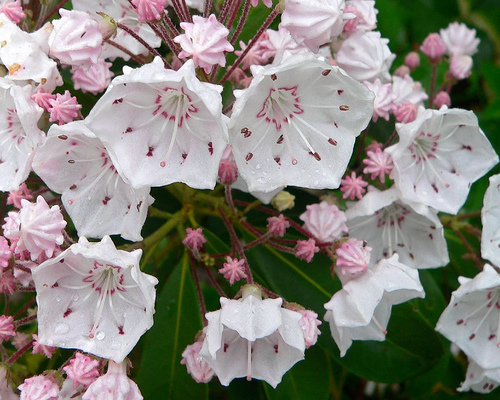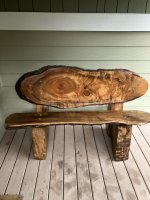For the money, same reason most people do hard labor.
The old timers like my father and Harry Hosterman that kept their eyes peeled for white oak stave bolt trees for bourbon barrels were highly religious, complete teetotalers, most of whom still championed Prohibtion.
Those briar harvesters in colonial Algeria were most all devout Muslims, who didn’t smoke. The poem Bingen on the Rhine was required reading when I was a child by our devout Christian mothers to teach us the history of Christians in France attempting (without ultimate success) to convert Algeria to Christianity and the toll religious wars take.
—-
"Bingen on the Rhine" is a poem by 19th century poet Caroline Elizabeth Sarah Norton (1808-1877). It was
first published in 1867. In February 1877, Gilbert Blythe recited it at the Debating Club concert on Diana Barry's birthday.
——
Where the briar thickets are in Algeria, and the States of North Carolina where mountain laurel was found and California where mission briar grew were economic wastelands. Heather only grows well on poor soils, and it only lives long enough to harvest the burls where it’s not cleared by fire or cutting for grazing.
The Muslims of Algeria today are free, to worship as they please, but they cannot offend the Prophet.

en.m.wikipedia.org
The foreign Christians who organized and ran the briar burl markets in Algeria are long gone.
But unless they use Roundup and Remedy like us modern day Ozark Americans do, the briar thickets are still there.












